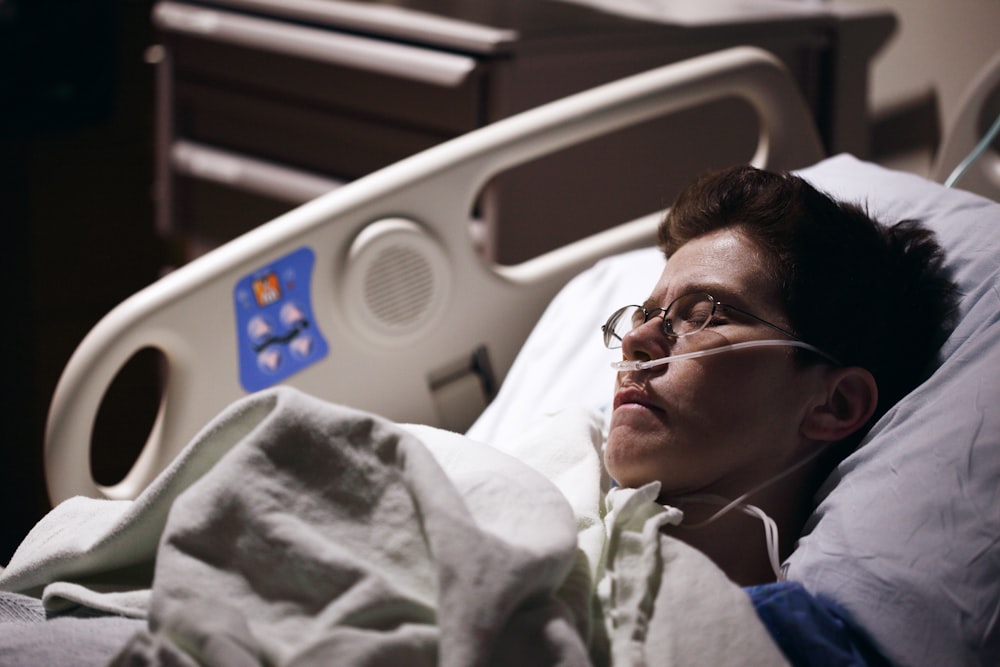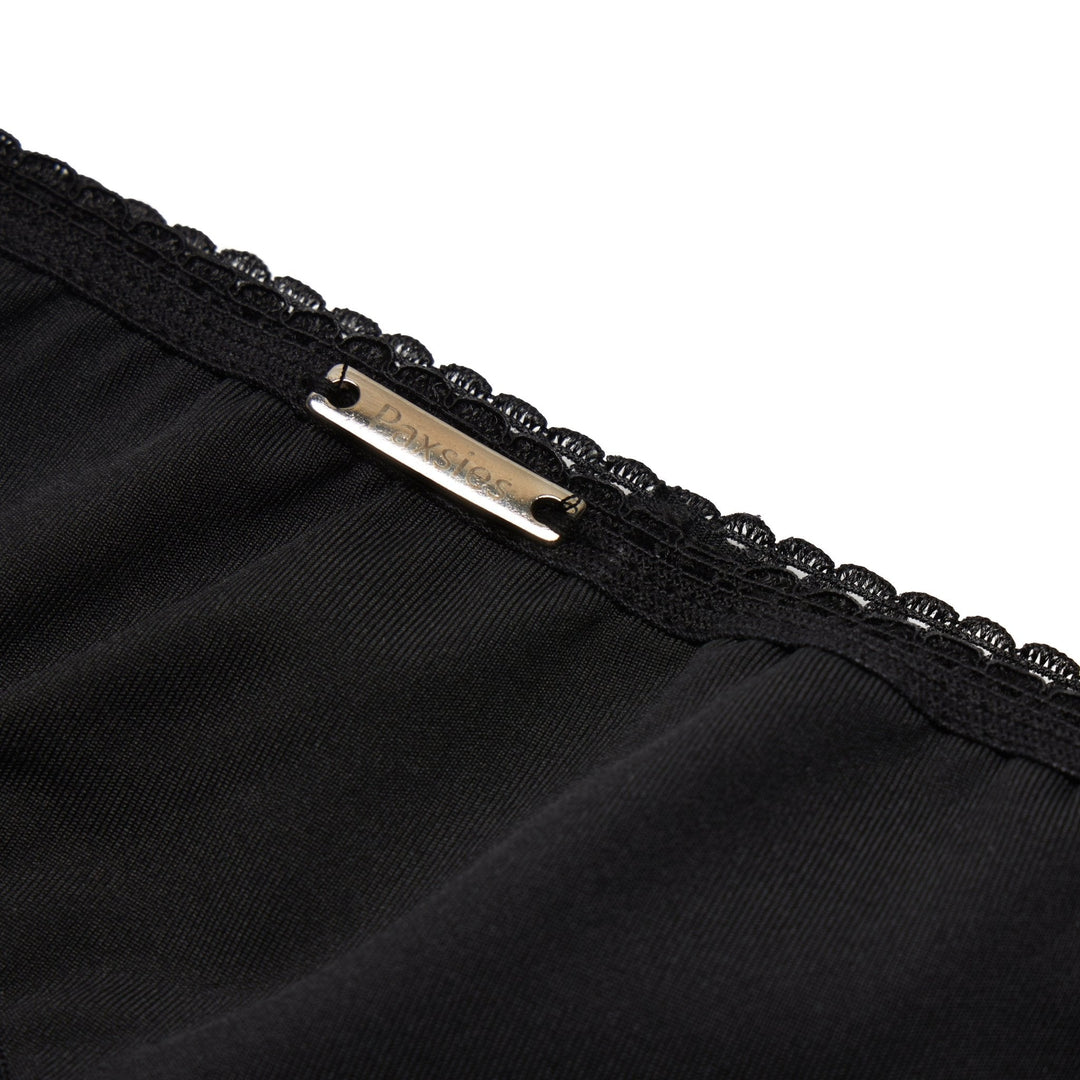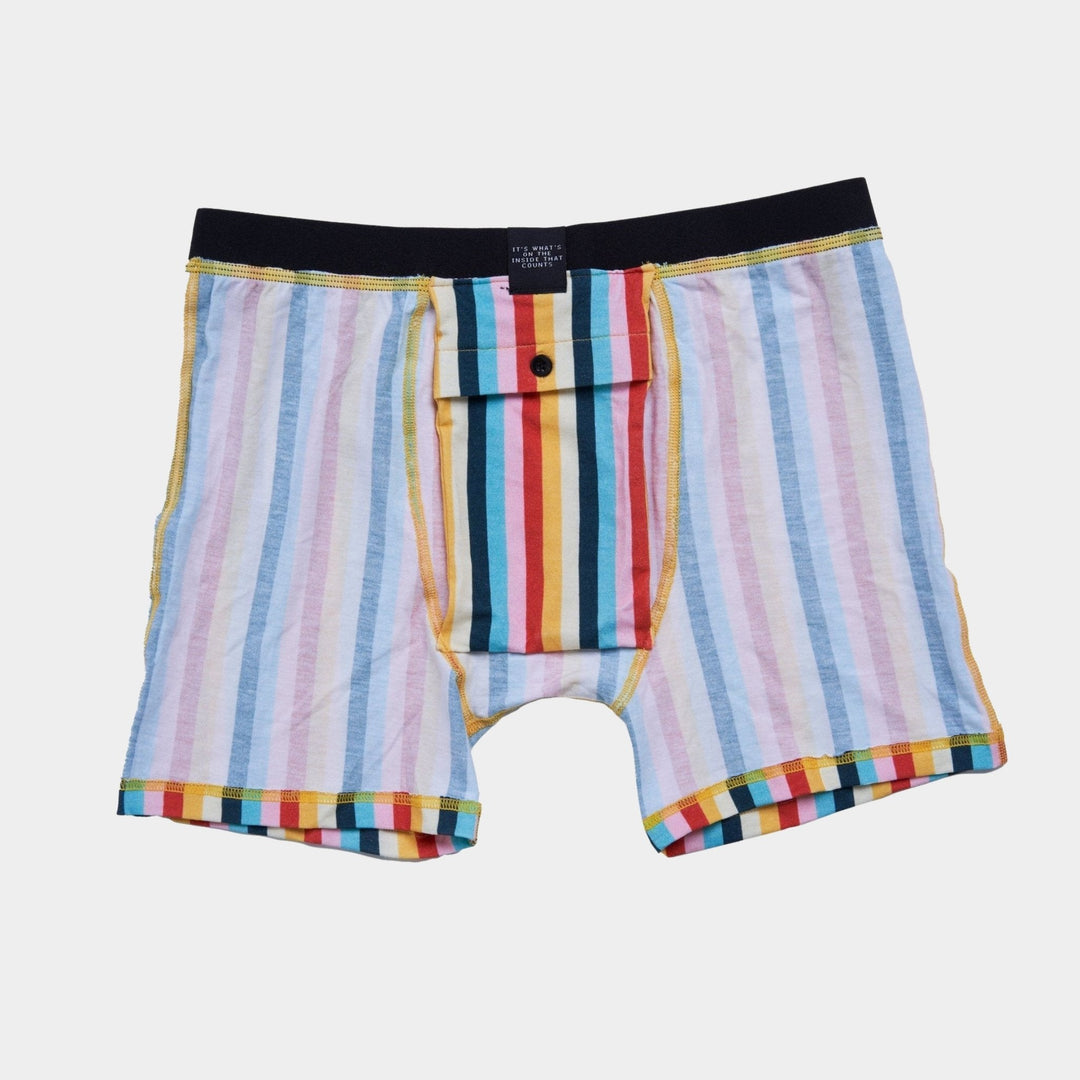FTM Top Surgery Recovery Timeline and Tips
Disclaimer: This content is for educational or entertainment purposes only. It does not replace or represent the advice of a medical professional.
For many trans men and transmasculine people, top surgery can be an extremely affirming and liberating step in their transition. FTM top surgery involves the removal of excess chest tissue to flatten the chest and create a more masculine chest appearance. The term "Top Surgery" can refer to a number of different procedures designed to do this, and each of these procedures have their own advantages and disadvantages. If you want to learn more about the different types of FTM top surgery, check out our blog post here.
As with any type of surgery, post-operative care is absolutely essential in ensuring that you get the best results from your procedure, and in reducing the risk of any complications that might arise from it. In this article, we'll outline the FTM top surgery recovery timeline and different tips for recovering from FTM top surgery.
FTM Top Surgery Recovery Timeline
The timeline for FTM top surgery greatly depends on the type of top surgery you got as well as other personal factors like your diet or smoking habits. That being said, this timeline may not be accurate for everyone, but serves as a general guide outlining the recovery process.
0-2 Days
The 48-hour period immediately after the procedure is done is generally the most uncomfortable. At this stage, patients are generally required to wear a compression binder to ensure that the dressing over the surgical incisions and stitches are held in place. As the anesthesia from the surgery wears off, you may experience adverse effects such as nausea, vomiting, pain, and muscle aches. Depending on the type of top surgery you opt for, drains are sometimes put in place to remove excess blood and other fluids that might accumulate in the chest area after the operation, and these might also be uncomfortable. Many patients also experience itching, redness, bruising, and swelling in the chest.
1-2 Weeks
Most FTM top surgery patients have their first post-operative appointment with their surgeon around a week after surgery. It is at this stage the compression garment is removed for the first time to remove the dressing, revealing the results of the procedure. If drains were put in, they are generally also removed. Patients are able to shower, and also start applying dressing once a day to scars and nipple grafts. During this time, the compression garment still has to be worn regularly to protect the incisions and grafts. Swelling and/or itching in the chest area is still quite common. Patients that have jobs that are not physically demanding are usually able to return to work after a week or two of recovery.
3 Weeks - 1 Month
The second post-operative appointment is usually scheduled around this time. Patients are able to stop using the compression garment as often, and generally do not have to continue applying dressings. Swelling and itching begin to subside for most patients. Usually, patients are able to start lifting their hands above their head, but are not advised to do any strenuous activity. Light exercise is recommended, along with the application of scar care products and scar massages to improve the appearance of scars and to promote healing.
1.5 - 2 Months
Around a month and a half after surgery, patients can resume physical activity, including strenuous exercise and heavy lifting. Sticking to a scar care regimen is still recommended. Patients may still experience tingling and numbness in the chest while the nerves continue to heal.
FTM Top Surgery Recovery Tips
Physical Health
Health and nutrition play a vital role in surgery recovery that should not be underestimated. Your diet and habits can greatly influence how quickly and how well you and your body recover from FTM top surgery. Eating a balanced diet high in protein, vitamin C, and zinc both before and after top surgery can help fight infection and promote good wound healing. Drinking lots of water can also help your body work efficiently to transport nutrients where it needs them for a speedy recovery.
Research also shows that cigarette smoke (whether first or second-hand) can adversely affect surgery recovery speed and also lead to more scarring. This is due to two main reasons: firstly, because it causes the blood vessels to constrict, it could prevent essential nutrients from getting to the surgical site efficiently; secondly, because it stops the cells needed to form the healing tissue to get into the wound and causes them to accumulate at the wound's margins.
It's important for top surgery patients to care for their physical health both before and after the procedure to ensure that the body is both prepared to undergo a major surgery and is equipped to recover from it.
Emotional Support
Perhaps the most important tip for recovering from Top Surgery is to be patient and kind to yourself. Remember that FTM Top Surgery is a major medical procedure, and your body needs time to heal from it. Your scars will fade eventually, given time. Every body is different, so for some people the recovery process may take longer than expected, and for some it may be shorter. It's important to listen to your body, and remember that this is your journey and your healing process.
Support from your loved ones can also be extremely helpful during the recovery process. Not only can they help you reach things in high places (since you won't be able to lift your arms above your head for a while) as well as other things you may not be able to do yourself, but they can also be an awesome source of emotional support.
Scar Care Tips
After around a month, you can stop applying dressings to the incisions and start focusing on scar care. There are different treatment options to choose from. This helps with improving the appearance of scars and also aids in the healing process.
Silicone Products
According to research (Bleasdale et al, 2015; Puri and Talwar, 2009), topical silicone products like gels, sheets, and adhesives are effective at scar healing and are the most widely recommended type of scar care products. These products work by regulating collagen production and keeping the scar tissue hydrated. Some good silicone-based products we recommend are ScarAway and XeraGel.
Sunblock
Exposing your top surgery scars to direct sunlight can darken the healing scar and make it more noticeable. It may also cause red or brown discoloration, or hyperpigmentation, as a result. That being said, sunscreen has also been proven to help in improving the appearance of scars. In general, you want to look for a broad spectrum sunscreen that has 30 SPF so that it adequately protects your skin from the sun. We also recommend using a mineral sunscreen, which is better for sensitive skin since it doesn't get absorbed into the skin, unlike chemical sunscreen. The Raw Elements Organic SPF 20 Sunblock gets extra thumbs-up from us, since they use recyclable packaging and reef-safe materials - that means you protect your skin while also protecting the environment!
Scar Massages
Regardless of the type of top surgery you get, you will have scars. They can vary in size, shape, and placement. Once the scar heals enough, one of the best tips to improve the appearance of your scars is to regularly do scar massages, which help break up excess collagen, increase blood flow to the area, and smooth the area surrounding the scar.
It's always best to talk to your surgeon about this, as each doctor has their own guidelines, techniques, and tips for effective scar massages specific to your body and what it needs. They can also let you know when it's safe for you to start a scar massage routine. In general, though, scar massages are done by applying a little pressure to the scar and the surrounding area and gently moving the tissue in a circular motion for about five minutes at a time. It's important to be gentle, as aggressive massage can actually worsen or widen the scars. You can also choose to use other topical products during your massages, which can help in keeping the scar tissue moisturized and hydrated.
Final Thoughts
The scar management market is growing fast, and a lot of new products are being released. That being said, while there are other types of products available that have helped some people (like topical Vitamin E oil, onion extract, or Bio-Oil), their efficacy is widely disputed. Klotz (2018) found that Bio-Oil had no positive effect on scar parameters, and that other research surrounding Bio-Oil did not provide answers on whether any benefits from using the product were statistically significant. Some research also argues that topical Vitamin E could even worsen the appearance of scars (Baumann and Spencer, 1999).
It ultimately comes down to what works for you and your body. Silicone-based scar management products (like silicone sheeting or silicone gels), sunscreen, and scar massages have the most evidence-based research support (Cho et al, 2014; Sidgwick et al, 2015). These also tend to be more widely recommended than other types of products or measures as a result. Still, it's worth it to do your own research on the different options available to you for scar management. Transguys has a great guide about surgery scar care that goes over the different types of scars and the ins and outs of every type of treatment, like topical treatment, Chinese medicine, natural treatments, and which products to avoid.
Once again, it is extremely important to listen to your doctor's advice and to adhere to the guidelines they set for your recovery. Open communication with your doctor both about the surgery itself and the recovery process is essential to ensure you get the best results from FTM top surgery







